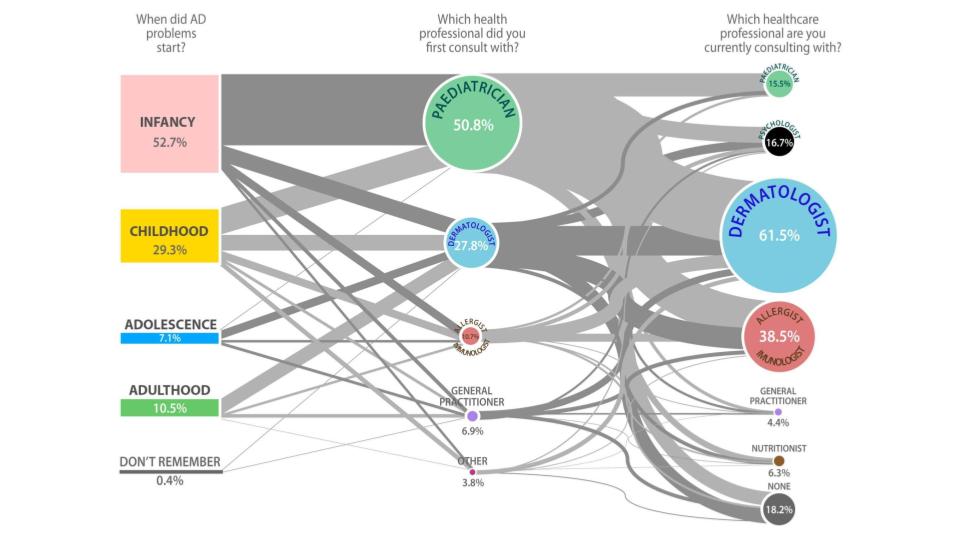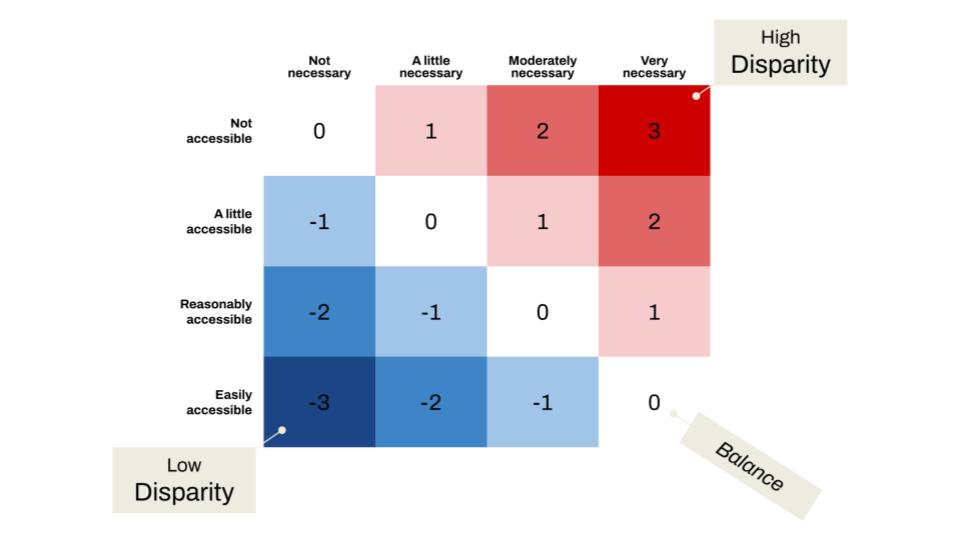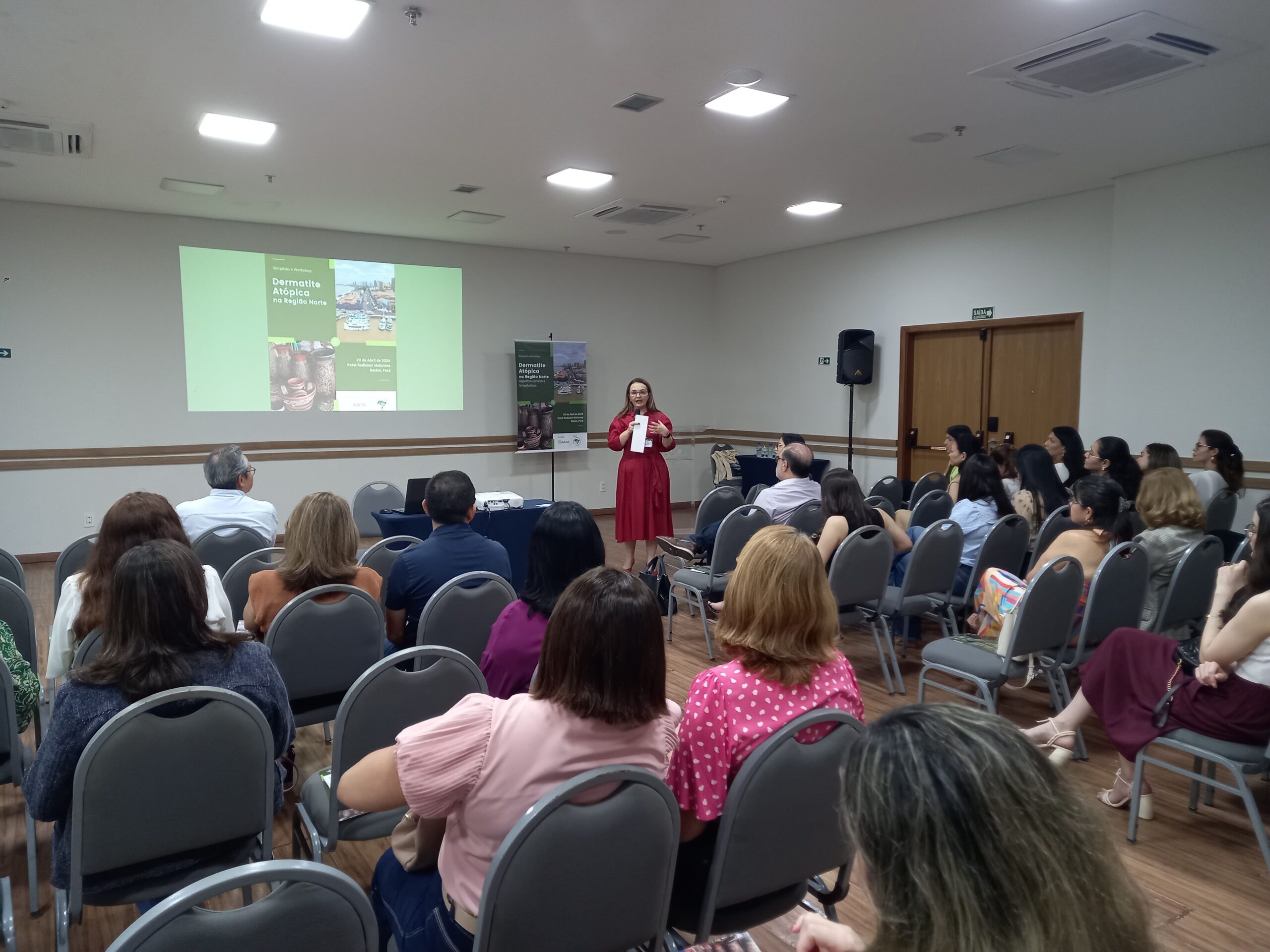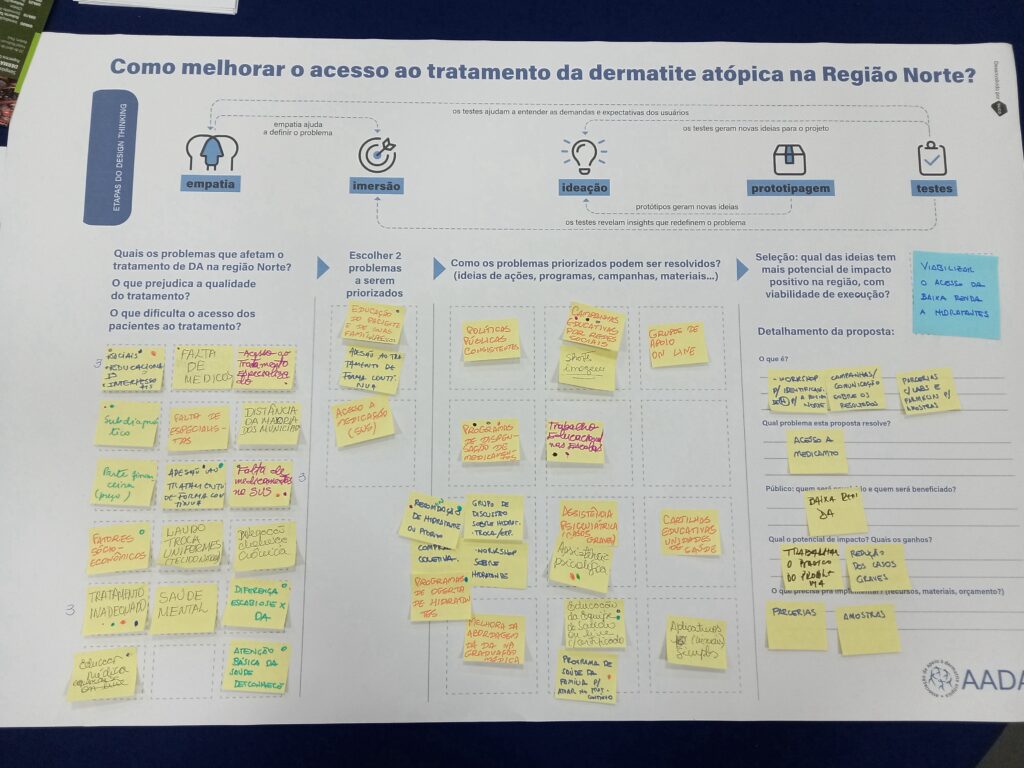Project in partnership with AADA – Brazilian Atopic Dermatitis Association

Gaining a clear understanding of the key factors contributing to disparities in healthcare delivery is a crucial step for medical associations seeking to enhance the services their members provide and improve patient quality of life.
When the opportunity arose to secure funding for this research, the Brazilian Atopic Dermatitis Association approached DUCO to develop a comprehensive plan and apply to the Pfizer Competitive Grants Program. The strength of the project was its original approach to identifying disparities — examining the issue from the perspectives of both patients and healthcare providers.
Typically, research of this nature would require a large-scale national epidemiological survey to assess the prevalence of the disease across different socioeconomic groups and evaluate the effectiveness of available treatments. However, in a country the size of Brazil, such an approach is often impractical and may not yield statistically meaningful results. Instead we suggested focusing on patients who have already been diagnosed with the disease and on the healthcare professionals who treat the disease. This way we can gain a more in-depth understanding based on the experiences of patients and doctors in accessing treatment.
The project was structured in six stages:
- Medical journal research on the current state of the art in AD disparity research worldwide
- Development of research methodologies;
- Development and approval of online survey forms;
- Administration of the forms;
- Analysis and processing of the collected data;
- Dissemination of results and insights.
To measure disparity in a way that resonates with the target audience, the project team developed an original tool called the Disparity Index. This index measures disparity through an online survey featuring questions designed to be relatable to both patients and doctors. The survey also addressed the patients journey from diagnosis to treatment which provided a context for the analysis to be presented.

The survey received over 2,000 responses from physicians, patients, and caregivers. Data analysis revealed important insights, clarified doubts, and reaffirmed established understandings, such as the link between income and treatment accessibility, the need for awareness-raising, and basic healthcare initiatives. The data analysis was carried out by DUCO in collaboration with a specialist in medical statistics to ensure the results met academic standards and could withstand rigorous scrutiny.
The analysis highlighted a high level of disparity for accessing treatment in the Amazon region. To further understand the issues faced and how they could be addressed a symposium and workshop was held in the city of Belém, Pará. The event participants included local pediatricians, dermatologists, and allergists, some of whom traveled long distances to attend the meeting. This was an opportunity to learn directly from professionals about the unique challenges faced by physicians and patients in treating atopic dermatitis in the Amazon region.
The feasibility of applying this research, combined with the rich insights gained, led us to realise that reapplication of the Disparity Index model can also be applied to investigate other diseases and conditions. It offers a new way to analyse disparities with a manageable sample size.




Technical details
Creator: Roberto Takaoka (AADA)
Research: Gisele Raulik, Darragh Murphy, Alessandro Mendonça
Support: Conceição Sandriano, Julia Fontana, Henrique Ishii
